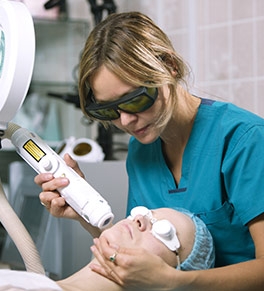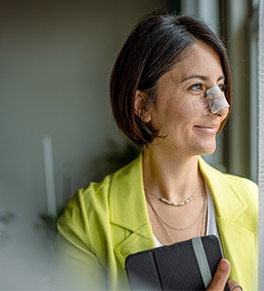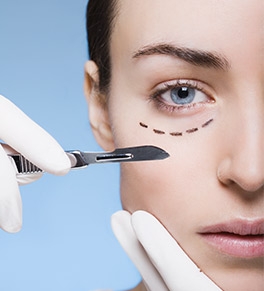
Are you bothered by wrinkles, fine lines, sagging skin, and a loss of facial volume? We offer a variety of options 一 both surgical and nonsurgical procedures 一 to help restore a more youthful appearance. Dermal fillers and fat transfers are two popular services, but trying to decide which cosmetic procedure is right for you can be overwhelming.
During your consultation at The Yeung Institute in Houston, Texas, our team — led by Dr. Cecil Yeung — discusses your aesthetic goals, reviews all of your options, and creates a treatment plan that’s right for you. Here, we provide the basics to help you learn more about fat transfers and fillers.
Comparing fat transfers and fillers
Both options help restore a more youthful appearance, but a fat transfer is a surgical procedure while fillers are nonsurgical. Before you can decide which treatment is right for you, it’s important to understand what happens during each procedure, what to expect afterward, and what each treatment can do for you.
About fat transfers
The goal is to restore lost facial volume, a common side effect of aging, by transferring fat from one part of your body to your face. For this reason, fat transfers are sometimes called fat injections or fat grafts.
Dr. Yeung performs liposuction 一 either on your abdomen, hips, or buttocks 一 to collect the fat. Many people view this as a win-win! After the liposuction is complete and the fat cells are prepared for transfer, Dr. Yeung injects the cells near your eye area, around your mouth, or in other areas that need a boost.
Fat transfers don’t replace more intense surgeries, such as facelifts, but they complement facelifts. In fact, they’re often performed at the same time.
You might consider a fat transfer if:
- You’re bothered by droopy eyelids, sunken cheeks, or a sagging browline
- You’re qualified for liposuction
- You’re planning on a facelift or blepharoplasty and want to take your results to the next level
- You’ve already tried dermal fillers but want a little more oomph
Fat transfers require more downtime than dermal fillers. Fat transfers are permanent, but not all fat cells survive the transfer. You need to protect your treatment area until the fat graft fully heals and adapts. Scheduling in recovery time and committing yourself to the process is key to a successful fat transfer.
About dermal fillers
If you’re not ready for cosmetic surgery, you might consider dermal fillers. Fillers are a type of injectable designed to “fill in” fine lines or hollowed areas of your face. While fat transfers rely on your own fat to enhance your appearance, fillers use biosynthetic materials.
Dr. Yeung offers a variety of high-quality filler brands, including Juvederm®, Radiesse®, Restylane®, and Perlane®. They all offer many products, each with its own focus. Fillers can:
- Reduce the appearance of fine lines and wrinkles
- Smooth away frown lines between your eyebrows or
- Fill in hallowed areas
- Add volume to thin lips
- Restore a more symmetrical appearance
You can also combine fillers with other injectables, such as Botox®, for a more customized look. Unlike fat transfers, fillers aren’t permanent. They last anywhere from three months to a few years.
You might consider dermal fillers if you don't have time to commit to plastic surgery and its downtime, if you’re not ready for plastic surgery, or if you’re not a candidate for liposuction.
Making the right decision
Use these questions to start thinking about which procedure is right for you:
- What are my aesthetic goals? What bothersome areas do I want to change?
- Am I committed to the fat transfer recovery process?
- Do I have enough fat for a fat transfer?
- Am I excited by the prospect of multiple treatments at once (liposuction, facelift, etc.)?
- Would I rather have one treatment (fat transfer) or do I like the idea of routine maintenance (fillers)?
The prospect of rejuvenating your appearance is exciting, but making that final decision between fat transfers and fillers can be tough. But remember: Our team is here to help you reach your goals. During your consultation, feel free to ask Dr. Yeung any questions you have.
To schedule your consultation at The Yeung Institute, give us a call. We’re happy to help you find out which treatments are right for you.









